Place your adverts here on InfoDig @ low rates; banner ads, sponsored links and guest articles etc. Contact us
Helen Willetts with the latest forecast as Milton hits Florida
Hurricane Milton has made landfall in Florida, with US officials warning that "life-threatening storm surge, extreme winds and flash flooding" are occurring in central parts of the southern state.
The storm's arrival comes just two weeks after Hurricane Helene caused substantial damage across the south-eastern US.
When did Hurricane Milton hit Florida?
Milton made landfall in Siesta Key, Florida - a coastal community south of Tampa - at about 20:30 EST on Wednesday (03:30 BST on Thursday), according to the National Hurricane Center (NHC).
More than two million homes and businesses have been left without power, dozens of homes destroyed, and an as-yet unspecified number of deaths have been reported.


Forecasters continue to warn of torrential rain, flash flooding, high winds and possible storm surges - which occur when water moves inland from the coast - of several feet in height.
Tornadoes were also reported on Milton's approach.

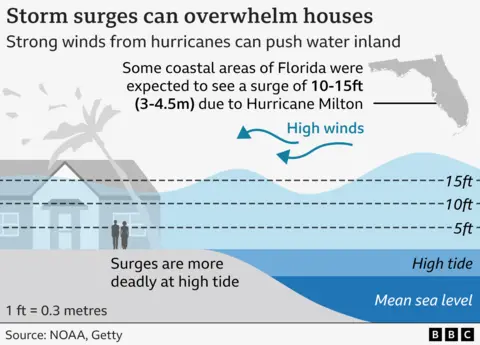
Where is Hurricane Milton heading?


With wind gusts most recently recorded reaching up to 90mph (150km/h), Milton will continue lashing Florida as it cuts through the centre of the state. It has also been affecting Georgia and South Carolina.
It is then expected to head into the Atlantic Ocean later in the day.
During its days-long journey, Milton has tracked eastwards from the Gulf of Mexico, where it was classified as a category one hurricane on Sunday. It has also brushed Mexico's Yucatan peninsula.
Before striking Florida, it was said by forecaster to have "wobbled" to the south, leading forecasters to alter its track slightly.
The storm is affecting some of the areas recently decimated by Hurricane Helene. Tampa, which has a population of more than three million people in its wider metropolitan area, is just north of Siesta Key, where the storm made landfall.

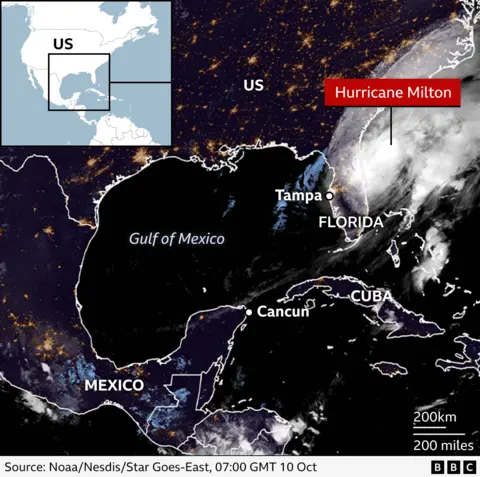
Where are the Hurricane Milton evacuation zones?
Traffic jams formed and airports announced closures as Floridians were told to prepare for the state's largest evacuation effort in years. Officials said Milton could be the worst storm to hit the area in about a century.
As the hurricane approached, most counties were in an official state of emergency, and evacuations were ordered up and down Florida's west coast.
Disaster management authorities issued a list and map of the evacuation orders. Several large shelters were also been prepared as a last resort for those stranded.
- Are you in Florida? Please share your experiences

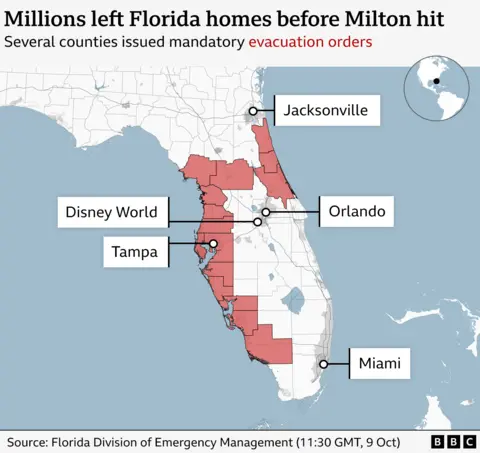
What is a hurricane and how do they form?
Hurricanes - sometimes known as cyclones or typhoons - are a type of tropical storm that form in the North Atlantic. They bring strong winds and heavy rain.
When ocean air is warm and moist, it rises, and then starts to cool - which causes clouds to form.
Sometimes this rising air can move away at the top of the hurricane more quickly than it can be replaced at the surface, causing the surface pressure to fall.
The falling pressure causes the winds to accelerate with more air then getting pulled in as the hurricane strengthens.
The National Oceanic Atmospheric Association (Noaa) predicted that the 2024 hurricane season would be more active than usual. Rising average sea temperatures due to human-caused climate change were partly to blame, it said.

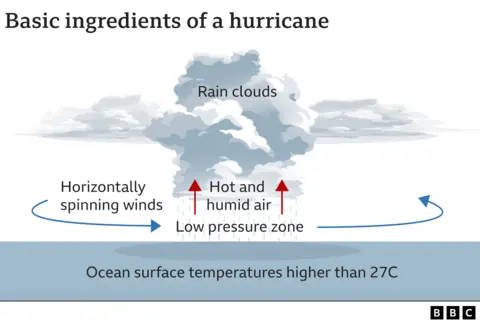
How are hurricanes categorised?
Hurricanes are separated into five categories based on their wind speed.
Milton was classified more than once as a category five storm - the highest - but weakened as it approached the US coast, striking as a category three storm.
After making landfall, it was further downgraded to category one.

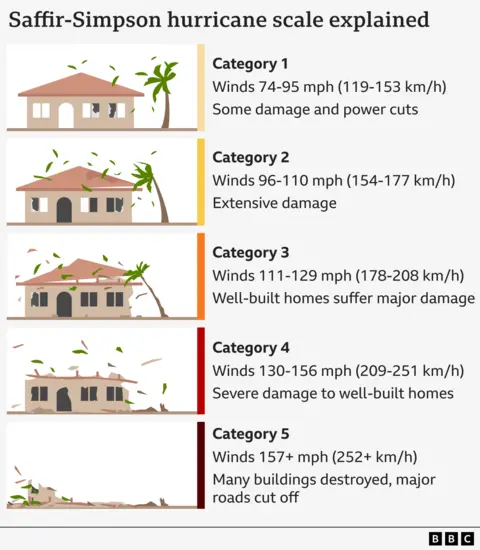
How is climate change involved?
Hurricane Milton intensified quickly as it passed over exceptionally warm waters in the Gulf of Mexico, where sea surface temperatures are around 1-2C above average.
Warmer waters mean that hurricanes can pick up more energy, potentially leading to higher wind speeds.
A warmer atmosphere can also hold more moisture - up to about 7% for every 1C of temperature rise. This means that rainfall from hurricanes can be more intense.
And global sea-levels have been rising in recent decades, largely thanks to global warming.
This makes it more likely that a given storm surge will lead to coastal flooding.
In Florida, average sea-levels have risen by more than 7in (18cm) since 1970, according to US government data.
A full scientific analysis will be needed to quantify the exact role of climate change in Hurricane Milton.
But its rapid intensification fits with expectations of how these storms are changing in a warming world.



 2 hours ago
29
2 hours ago
29
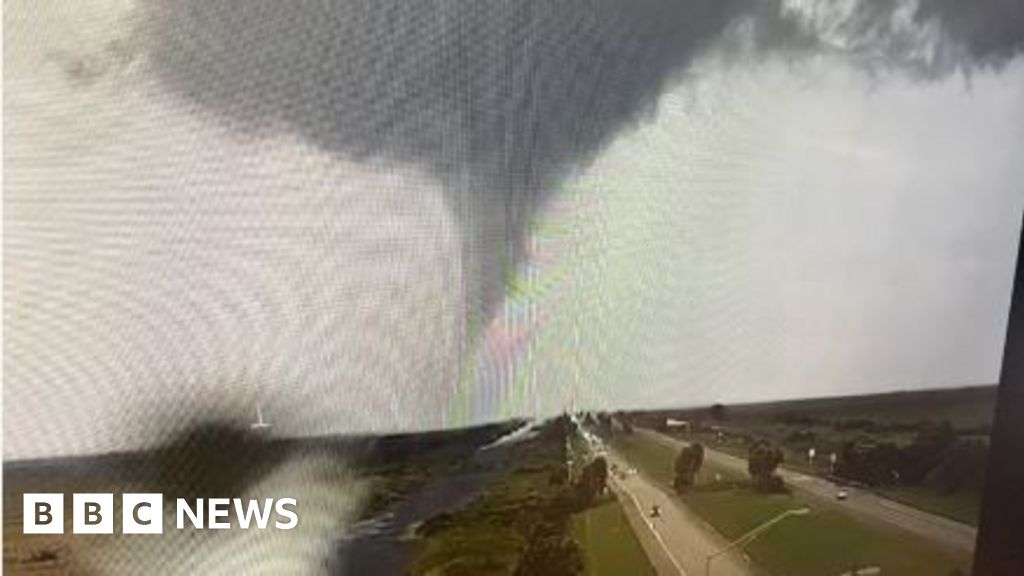

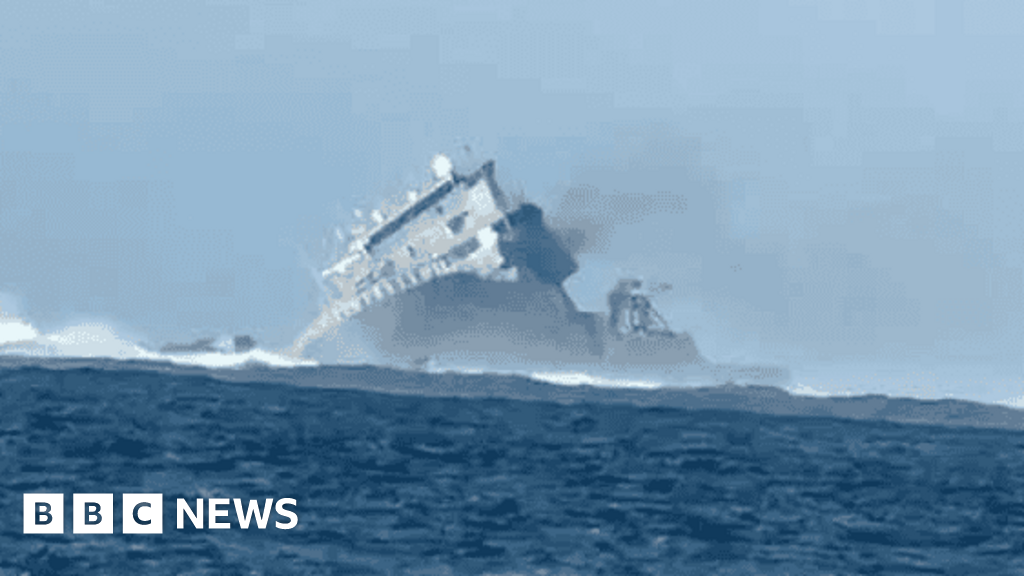






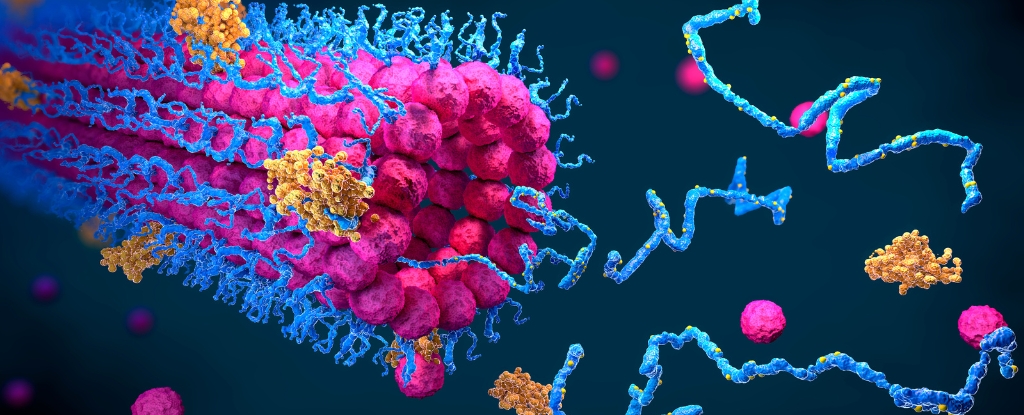




 English (US) ·
English (US) ·